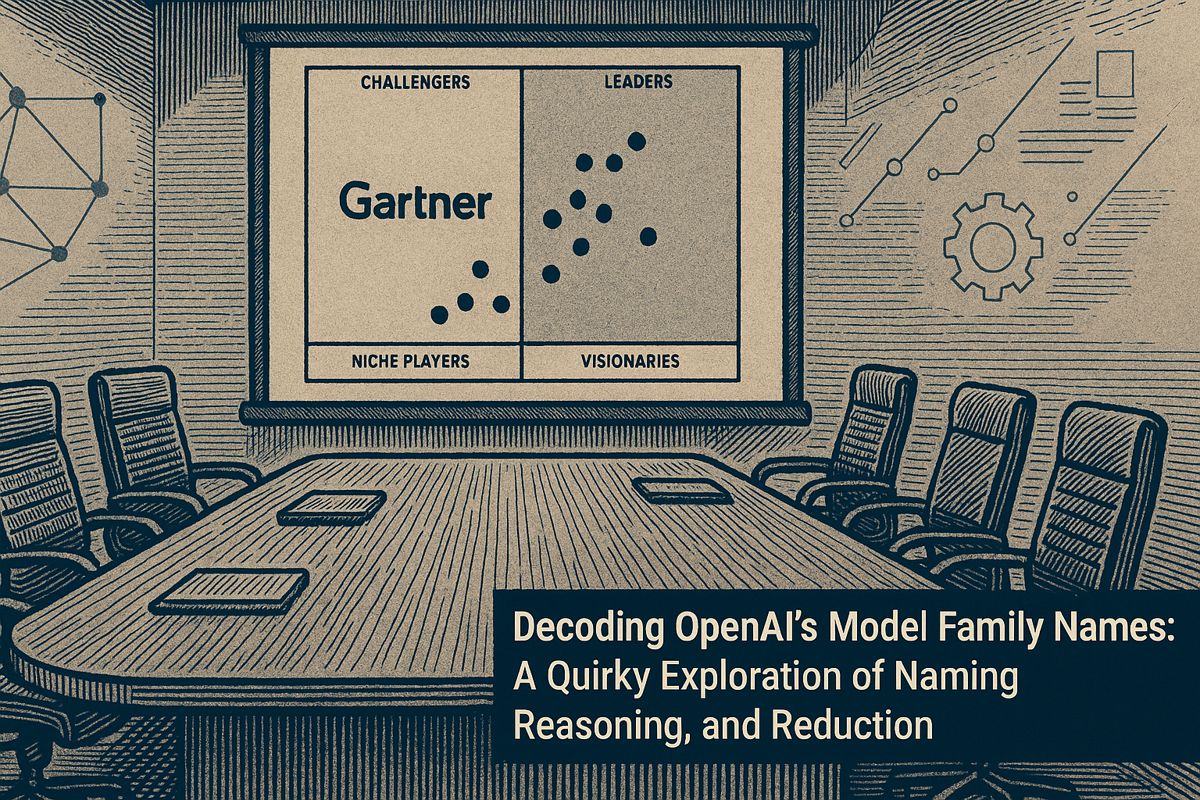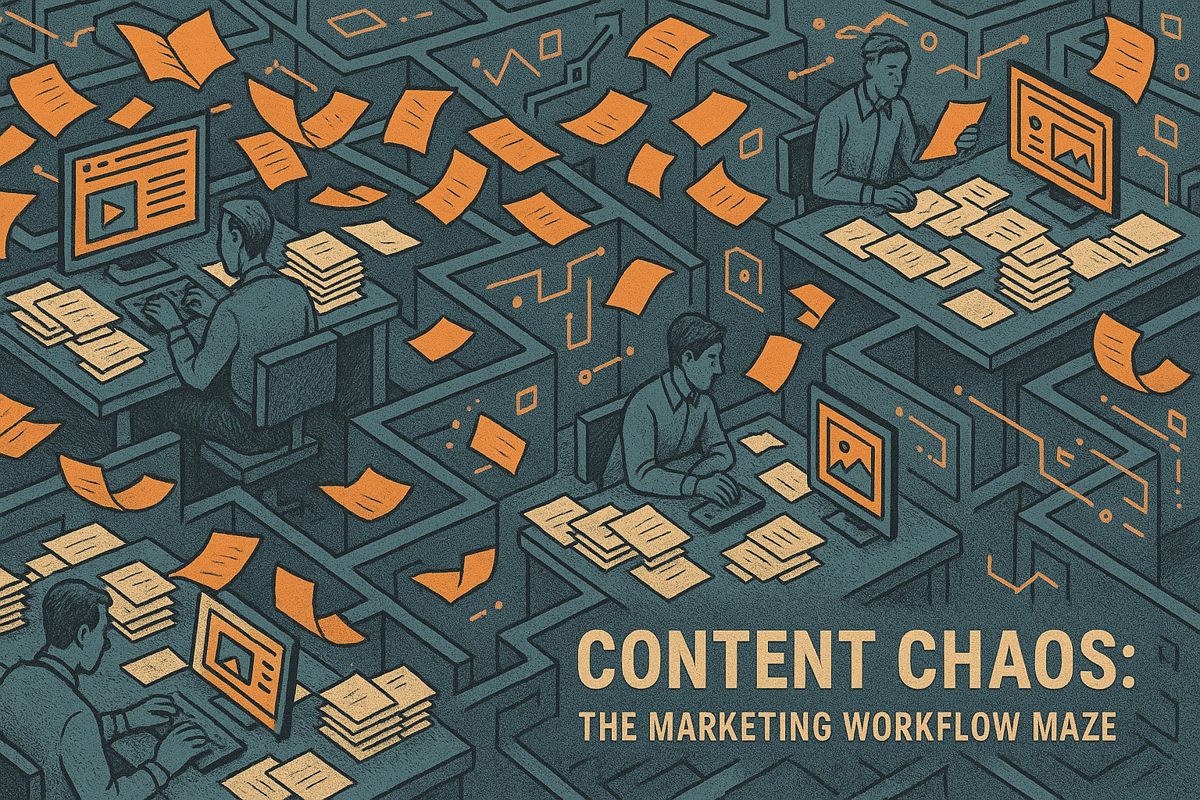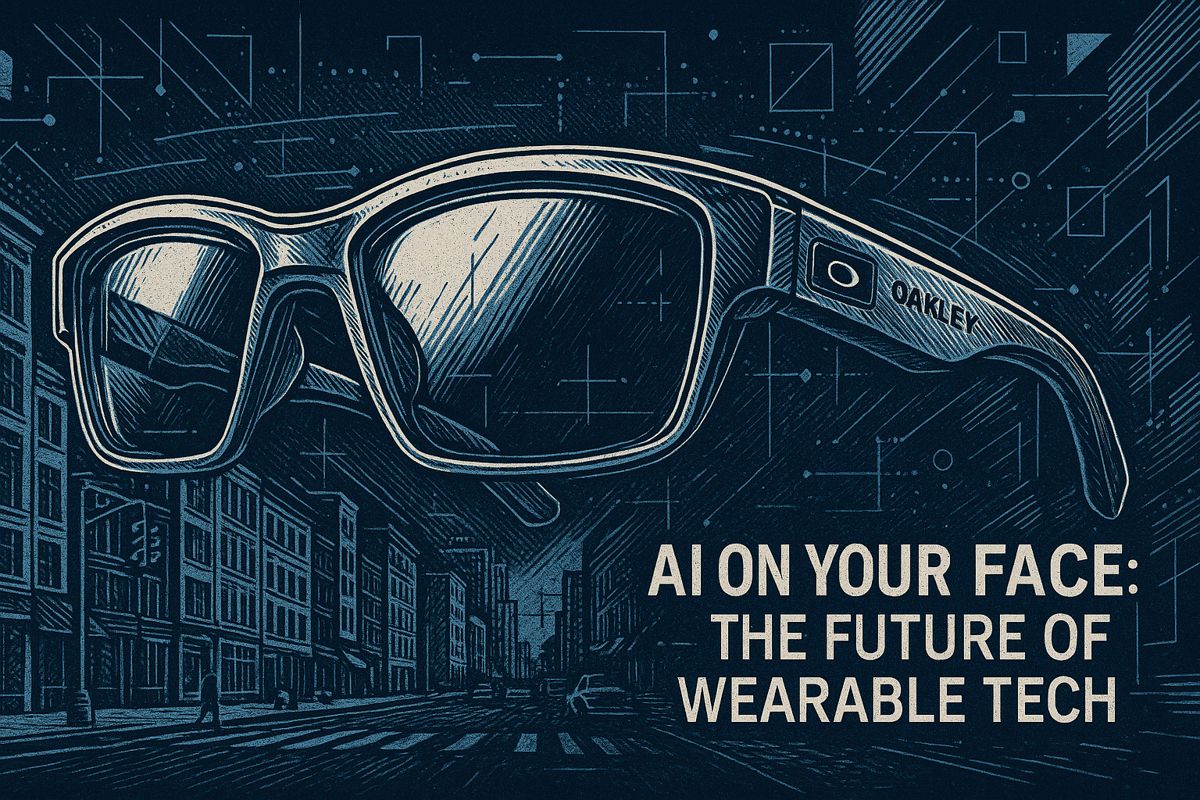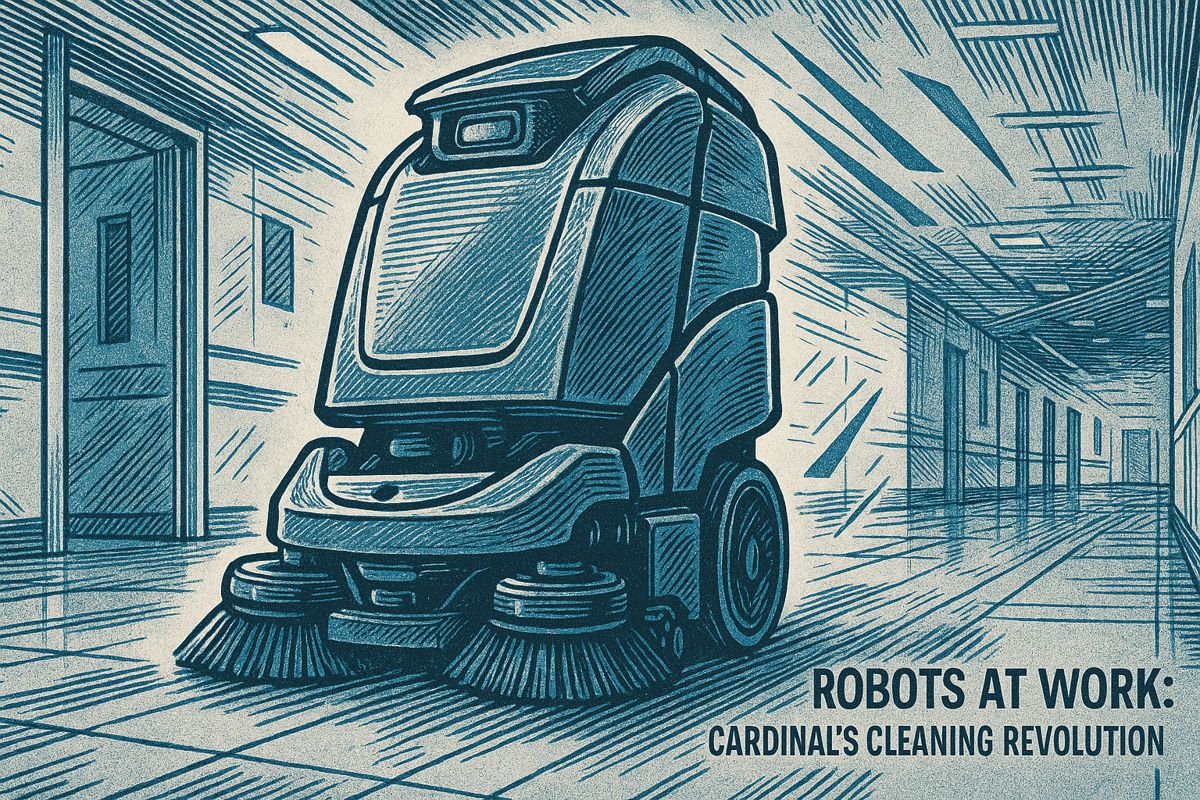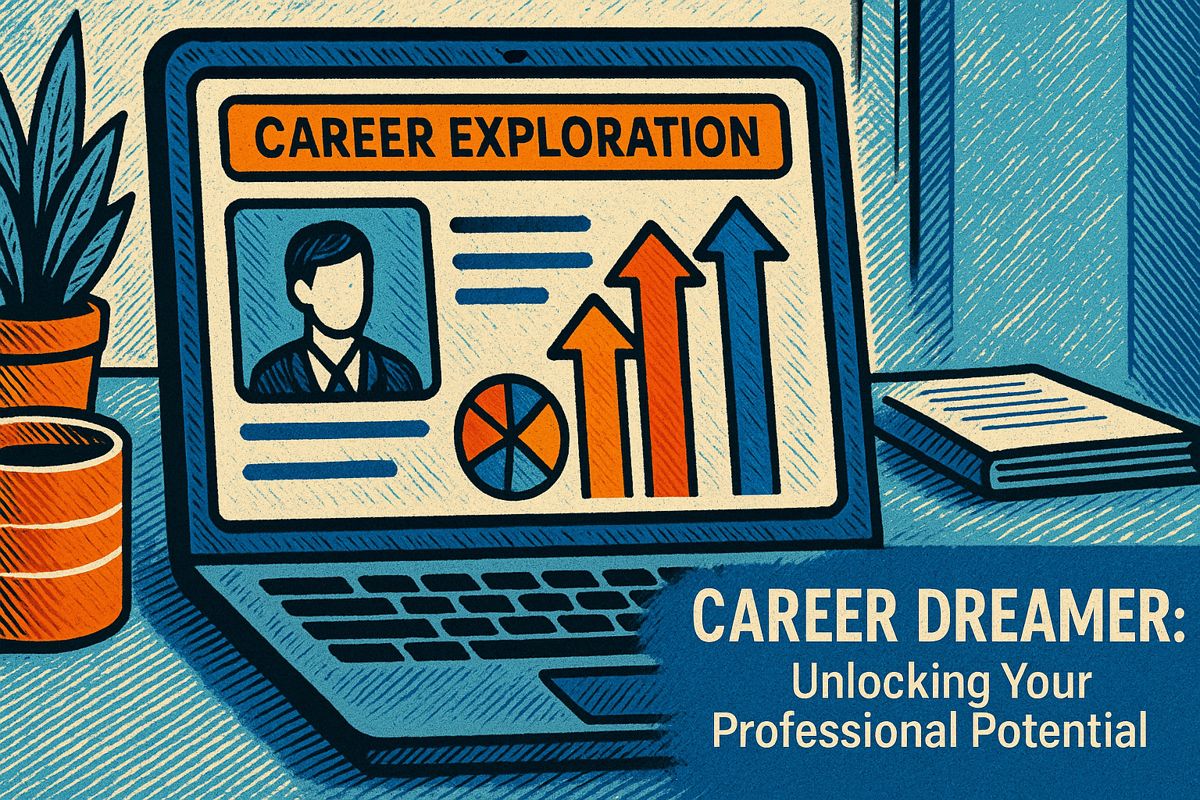Here’s the text with the most important phrase in bold markdown:
Gartner’s new GenAI framework offers a strategic roadmap for organizations diving into generative AI, helping leaders navigate complex technological waters. The framework focuses on critical aspects like risk evaluation, cost management, and practical implementation, guiding CIOs to make smarter investment decisions. With insights from over 400 enterprise leaders, the roadmap provides a structured approach to prioritizing AI technologies and avoiding costly mistakes. By emphasizing governance, value assessment, and ethical considerations, the framework aims to transform GenAI from a flashy trend into a meaningful business tool. As companies prepare to invest billions in AI, Gartner’s approach provides a crucial compass for turning technological potential into tangible results.
What is Gartner’s New GenAI Framework and Why Does It Matter?
Gartner’s GenAI framework provides a strategic roadmap for organizations investing in generative AI, helping CIOs evaluate risks, prioritize technologies, and align AI initiatives with business value. It offers a structured approach to navigate the complex landscape of AI adoption, focusing on governance, cost management, and practical implementation.
Sometimes, stumbling across a new Gartner framework feels less like reading a report and more like prying open a time capsule packed with nervous anticipation. The future’s fingerprints are everywhere. Not long ago, I sat in a varnished boardroom (the kind that smells vaguely of coffee and dry-erase markers) as “AI strategy” ricocheted off the walls every three minutes. The logic, if you squinted: just say it enough and maybe value appears, like a magician muttering incantations. Spoiler alert: It didn’t. That memory still stings, so when Gartner dropped their shiny new framework for governing generative AI projects, I grabbed a notepad—real notes this time, with coffee stains and all.
The echoes of past misadventures linger. I recall a CIO who, after fast-tracking a GenAI pilot, spent six months unraveling vendor tangles, fighting with KPIs that made no sense, and fielding complaints about a chatbot that learned to respond “Please ask your manager” to every query. A digital Sisyphus, if you will. That circus taught me that ambition without structure is just inviting disaster. Enter Gartner’s newest toolset.
But why does this matter now? The world’s on the brink of pouring $644 billion into GenAI in 2025—a 76.4% leap over 2024. It’s easy to feel a tremor of anxiety at the scale. If you’re a CIO or tech leader, this is your weather map. Ignore it and you risk getting caught in an AI hailstorm.
What’s Actually Inside the Framework?
Let’s get down to specifics. Gartner’s decision framework isn’t just a theoretical toy; it’s a diagnostic kit built for CIOs who want to move from lip service to strategy. It helps organizations pinpoint GenAI costs, hunt for real value, and—most importantly—separate the signal from the hype. Built for people making the tough calls, not just “innovation champions” with whiteboards and dreams.
Risk evaluation sits at the framework’s heart. AI isn’t just a technical leap; it’s a minefield of ethics, security, and operational potholes. Gartner gets granular (finally!): legal compliance? Check. Bias testing? Check. Operational fallback? Double-check. It’s like following a recipe for soufflé and hoping it doesn’t collapse—but with higher stakes and fewer eggs.
This isn’t just Gartner’s solo show. Over 400 midsize enterprise leaders fed into their Technology Adoption Roadmap, which maps 45 shiny-new technologies by deployment timeline, value, and risk. Adobe, OpenAI, and their kin are in the mix, shaping how the next wave of tools gets prioritized. The roadmap isn’t just a list—it’s a compass, helping organizations invest wisely instead of chasing every glittery distraction.
Align Ambition With Reality: The Human Cost (and Humor) of GenAI
I’ll admit it: I’ve been dazzled by AI pitch decks before. It’s seductive, the promise that one pilot project will turn your company into the next Netflix… but most GenAI efforts start with “Wouldn’t it be cool if…?” and end with “So, where did all the budget go?” Gartner’s framework steers you back to core questions: does this project make us faster, smarter, or richer? Or is it just digital confetti?
Money, it turns out, can be a trap. The framework practically wags its finger here, reminding CIOs to weigh costs with a steady hand. Many enterprises that set sail building custom GenAI tools from scratch now scramble back to vendor solutions—predictable, less likely to catch fire. I’ve watched a chatbot spiral into what I’ll call “existential dread” territory, draining cash faster than a Las Vegas slot machine. Ouch.
It’s not all doom and gloom. There’s a kind of comfort—almost a tactile reassurance—to Gartner’s checklists. The roadmap is your safety harness, especially for tech leaders who secretly worry they’re missing the next unicorn. Prioritize. Benchmark. Repeat. The scent of fresh printer ink on a newly downloaded roadmap? Weirdly calming.
Roadmaps, Risks, and the Reluctant Architect
The days of CIOs as mere IT janitors are gone. Now, they’re the architects of transformation, responsible for cross-department GenAI strategy that actually sticks. Gartner flags AI governance platforms as a top trend for 2025, and the subtext is clear: structure or bust.
Beneath the surface, a paradox bubbles up. While expectations for GenAI moderate after a few spectacular flops, foundational AI vendors (think OpenAI, Adobe) keep doubling down. Are adopters blinking, or just biding their time for a less painful learning curve? I sometimes wonder if my own skepticism is justified—or if I’m just gun-shy from old scars. But every time I see a roadmap’s seven workstreams—data readiness, change management, governance—I remember: it’s the boring, gritty stuff that saves you in the end.
So there it is. Gartner’s framework and roadmap offer both a telescope and a life raft. Will CIOs heed the call and build smarter, safer GenAI projects? Or will the next time capsule contain tales of wasted budgets and wily chatbots? That’s the part I can’t predict… yet.
Adobe, OpenAI, and their kin are in the mix, shaping how the next wave of tools gets prioritized.

